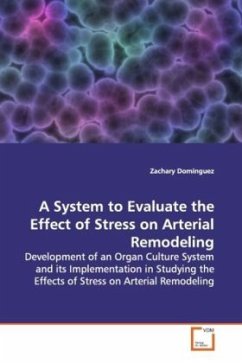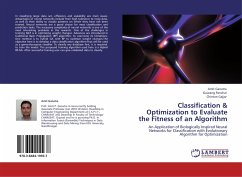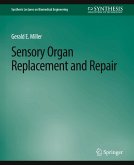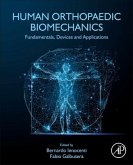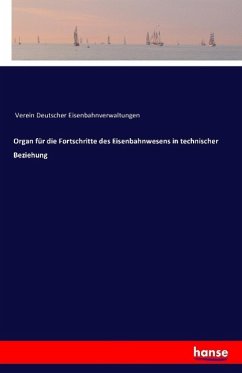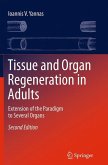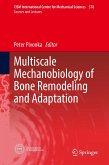Arterial remodeling is a process by which arteries
respond to sustained changes in their mechanical
environment. This process occurs in a way such that
an artery s local mechanical environment
(circumferential, shear, and axial stress) is
maintained at a homeostatic level. However, most
studies utilize a methodology that controls the
global parameters (pressure, flow rate, and axial
stretch). This approach often confounds the results
since the actual drivers of remodeling are not
independently isolated.
The results of this study demonstrate the ability of
a novel organ culture system to achieve and maintain
target values of stress throughout the culture
period. Cell viability, general arterial morphology,
and collagen synthesis rates were maintained for all
arteries. The elevated axial stress appeared to
cause a softening of the artery in both the axial and
circumferential direction. It was hypothesized that
this softening was the result of a changing collagen
structure. Additional softening seen in arteries was
attributed to the effects of the culture system.
respond to sustained changes in their mechanical
environment. This process occurs in a way such that
an artery s local mechanical environment
(circumferential, shear, and axial stress) is
maintained at a homeostatic level. However, most
studies utilize a methodology that controls the
global parameters (pressure, flow rate, and axial
stretch). This approach often confounds the results
since the actual drivers of remodeling are not
independently isolated.
The results of this study demonstrate the ability of
a novel organ culture system to achieve and maintain
target values of stress throughout the culture
period. Cell viability, general arterial morphology,
and collagen synthesis rates were maintained for all
arteries. The elevated axial stress appeared to
cause a softening of the artery in both the axial and
circumferential direction. It was hypothesized that
this softening was the result of a changing collagen
structure. Additional softening seen in arteries was
attributed to the effects of the culture system.

